
Hair Mousse or Styling Foam: Which Wins?
Hair Mousse or Styling Foam: Which Should You Reach For?
Hair mousse and styling foam often get used as if they’re the same, but they can behave very differently. Both are aerated styling products that add body and control, yet their formulations, textures, and finishing effects vary. Knowing those differences helps you pick the right product for your hair and your look.
This article compares composition, feel, performance, and suitability for different hair types. You’ll learn how each product affects hold, volume, shine, and frizz, plus practical application tips and layering strategies. Finally, get clear guidance on reading labels, spotting key ingredients, and choosing formulas that match your styling goals. Read on to decide whether mousse or styling foam wins for you. We’ll help you shop smarter and style better.
Foam vs Mousse: The Best Styling for Wavy Hair with Pantene and Floracurl
What Are Hair Mousse and Styling Foam? Clear Definitions and Formulation Basics
Plain-language definitions
Hair mousse: a whipped, aerated styling product (usually from a pressurized can) that builds body and sets shape. Think of it as a light gel in foam form—it lays down polymers that film the hair to create volume and hold.
Styling foam: a broader term for any foam-based styling product. Some are essentially mousses; others are lighter, pump-dispensed foams designed for texture, detangling, or heat protection rather than firm shaping. In real life: a salon volumizing mousse gives lasting lift, while a pump “styling foam” you find at drugstores might feel more like a leave-in conditioner with a hint of hold.
Key ingredient categories (and what they do)
Delivery systems and their effects
How formulation choices change the result
Higher polymer load = firmer, longer-lasting hold; more silicones/oils = sleeker finish and taming frizz; alcohol-heavy formulas = fast-dry, matte results but can dry hair.
Marketing confusion
Brands sometimes call the same thing “mousse” or “styling foam” interchangeably. Look at ingredient emphasis (polymers vs. conditioners) rather than the label.
Next up: how those formulation differences actually feel — the texture, consistency, and what you’ll notice in the hand and on your hair.
Texture, Consistency, and How They Feel in the Hand and Hair
How they feel in the hand
Classic pressurized mousse comes out as a dense, whipped foam that holds its peak for a few seconds — imagine a firm dollop that doesn’t collapse immediately. Pump or non-pressurized styling foams are often lighter and creamier, more like a wet shaving foam that feels airier and less structured.
A quick real-world test: squeeze a dollop into your palm. If it keeps a mound, it’s mousse-like and usually higher in polymers; if it flattens quickly and feels silky, it’s a lighter styling foam.
Spreadability and absorbency
Heavier mousses spread more slowly and can cling to strands, so you’ll need to rake or comb them through to avoid clumping. Lighter foams spread and absorb quickly, making them easier for finger-styling and scrunching.
How long they hold shape out of the can and drying speed
Denser mousses retain shape longer in the hand and typically dry to a firmer set on hair — useful for structured styles. Lightweight foams collapse faster and usually dry quicker and touchable, often leaving less “cast.”
How texture affects feel, buildup, and styling
Denser mousses can leave hair feeling slightly tacky or stiff when dry (good for hold, not great for touchability) and have higher buildup risk near roots if overapplied. Lighter styling foams tend to keep hair feeling airy and soft but may need refreshes during the day.
Quick, actionable tips:
Performance: Hold, Volume, Shine, and Frizz Control
Holding power: soft vs. firm
Mousse tends to deliver a spectrum from soft-flexible to firm depending on polymers. Firm-hold mousses (think Paul Mitchell Extra-Body-style formulas) lock shape and resist collapse; lighter styling foams give a more natural, touchable hold.
Tips:
Volume and lift
Denser mousses excel at creating and keeping root lift because they deposit more product at the scalp; lighter foams are better for airy, piecey volume. Real-world example: a salon volumizing mousse (e.g., Moroccanoil Volumizing Mousse) lifts fine hair all day, while a featherlight styling foam is ideal for adding body to medium hair without weighing it down.
Shine and finish (matte ⇄ glossy)
Formulation drives shine. Alcohol-heavy, matte mousses reduce sheen but can dry hair out; silicones and oils in foams add gloss. If you want glossy bounce, use a lightweight foam with added shine agents and avoid high-alcohol, high-polymer mousses.
Humidity resistance and frizz control
Anti-humidity polymers in some firm mousses deliver stronger frizz control; lightweight foams with humectants (glycerin) can actually attract moisture and worsen frizz in humid weather. Product note: frizz-targeted mousses (John Frieda Frizz Ease-style) often include smoothing agents for humidity resistance.
How styles last and reworkability
Quick actionable tips:
Product highlights:
Which Hair Types and Styles Benefit Most from Each Product
Fine, thin hair
Fine hair needs lift without weight. Lightweight styling foams (look for “light” or “weightless” on the label) are usually best: they add airy body and won’t flatten strands. Salon example: Moroccanoil Volumizing Mousse is a go‑to for many stylists working with fine hair.Action tip: apply a small amount at the roots on damp hair, blow‑dry with a round brush for lasting lift.
Limp or lifeless hair needing volume
Denser, root‑lifting mousses win here. Their denser polymers give structure that lasts through humidity and long days.Action tip: distribute mousse at the root and mid‑lengths, rough‑dry upside down, then finish with a cool blast to set volume.
Thick, coarse, or curly hair needing hold and frizz control
Choose a mousse formulated for control—look for anti‑frizz polymers and conditioning agents. Firm mousses give curl memory and reduce frizz; some curl‑specific mousses enhance coil definition.Action tip: scrunch a generous amount into wet curls, diffuse on low heat. Product highlight: frizz‑targeted mousses like John Frieda Frizz Ease styles help smooth cuticles.
Chemically treated or fragile hair
Fragile strands need gentle, conditioning formulas. Lightweight foams with added oils or silicones protect and provide flexible hold without drying alcohols. Avoid high‑alcohol, high‑polymer mousses.Action tip: patch test and use minimal product, focusing on mid‑lengths to ends.
Short styles vs. long styles
Short, textured cuts (textured pixie, faux hawk) benefit from mousse for structure and lift; firmer mousses create separation and hold. Long styles and beach waves favor styling foams for movement and softer texture.Examples:
Ready to style? The right foam or mousse will feel different on application, but matching product weight to hair density and desired finish is the fast track to success.
How to Apply: Techniques, Timing, and Layering with Other Products
Basic prep
Start with clean, towel‑damped hair (about 70–80% dry). If you use a strengthening leave‑in or scalp treatment, apply that first and let it sink in — those products should touch the hair before styling foams or mousses.
Applying mousse — step by step
Applying styling foam — step by step
Layering with other products
Common mistakes & fixes
Choosing the Right Product: Ingredients, Labels, and Smart Buying Tips
Read the label like a pro
Look for clear signals, not marketing buzzwords. Avoid formulas that list SD alcohol or denat high on the ingredient list if your hair or scalp is dry. For fine hair, steer clear of heavy silicones (dimethicone, amodimethicone) near the top — they can flatten. Helpful ingredients include:
Decode marketing claims
Test before you commit
Budget, eco, and scalp-friendly choices
Quick recommendations (common needs)
Armed with these tips, you’ll be better at matching label language to real-world performance — next, we’ll pull everything together to help you make the final choice.
Making the Right Choice for Your Hair and Style
Mousse delivers lightweight volume, soft body and natural hold for fine to normal hair, while styling foam offers more tailored textures, flexible hold and curl definition or contemporary finishes. Mousse feels airy and builds lift; styling foam can be creamier, more formulated for frizz control, shine choices and sculpted looks.
Choose mousse for easy volume and a bouncy, invisible finish; choose styling foam for defined curls, specific texture or flexible hold. Consider hair type, desired finish and application; always test small amounts and read labels. Try samples to find your match.

Hello! I’m Ava Wilson, a passionate advocate for healthy, beautiful hair. With years of experience in the hairstyling industry and a deep-rooted love for all things hair, I’ve made it my mission to share valuable insights and expert tips on nurturing and styling locks.
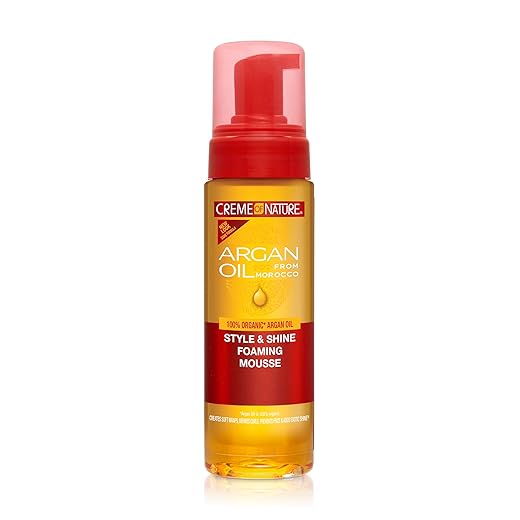

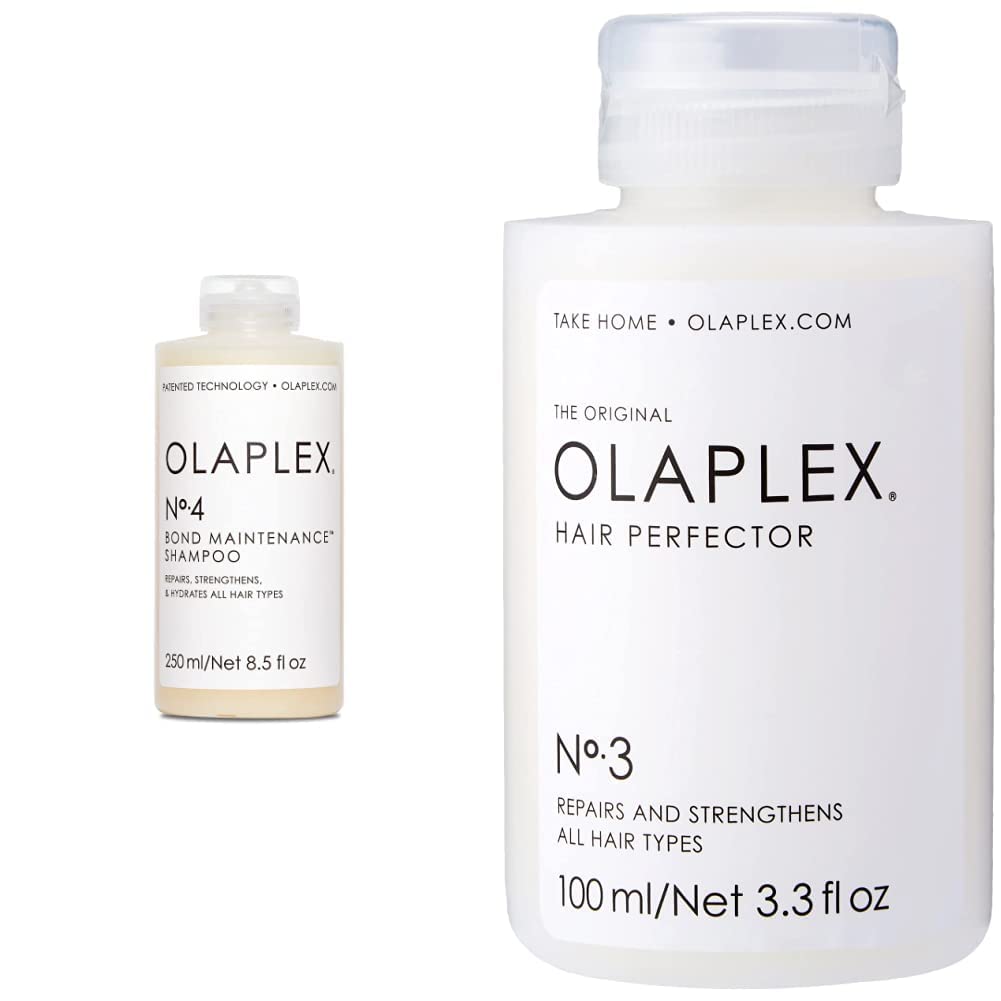
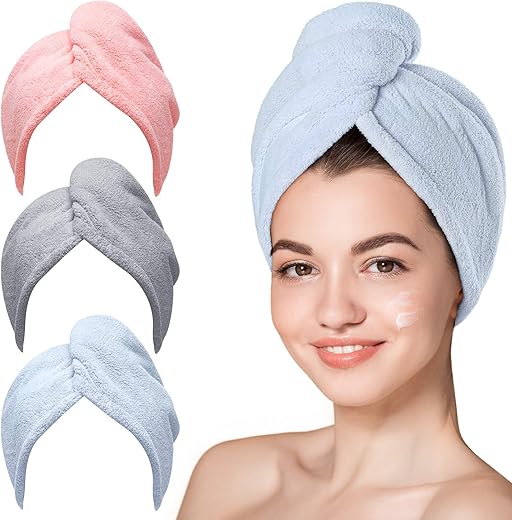
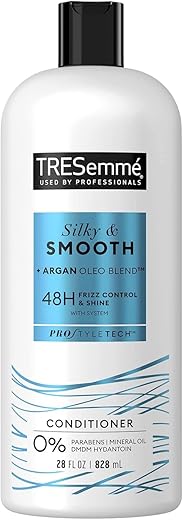
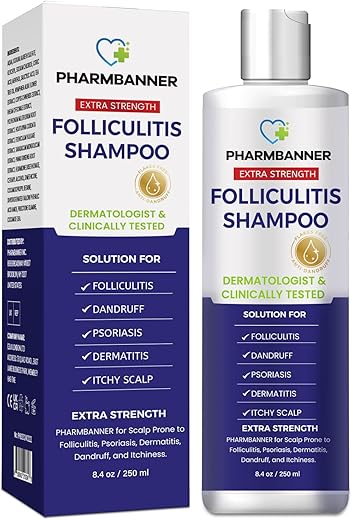

Noticed the part about frizz control — tried both on humid days and tbh foam handled frizz better for me 😅
Mousse was ok but sometimes made hair a bit stiff. Also, the Creme of Nature one smells kinda nice ❤️
Stiff hair is the worst — I call it the ‘helmet effect’ 😂
Glad foam worked in humidity for you, Ava. Humectants and oils in formulas can make a big difference for frizz resistance.
Same!! The argan oil foam smells lovely and didn’t weigh my hair down.
Yes the helmet effect is real. Anyone tried mixing a drop of leave-in oil with foam to avoid it?
Appreciated the section about reading labels. I try to avoid alcohol-heavy formulas because they dry my hair out. The article’s tips on ingredients made me swap to gentler mousses/foams. Simple change, big difference.
Exactly — ingredient awareness can prevent a lot of damage. Look for hydrating humectants and beneficial oils if dryness is a concern.
Couple practical pointers from my experiments:
– If you have thick hair, use more mousse/foam but distribute it well (sectioning helps).
– Curly folk: foam often gives better definition; scrunch and air-dry or diffuse.
– Read ‘weightless’ on labels if you’re worried about flatness.
Article was solid but could use a quick cheat-sheet table at the end for ‘best pick by hair type’ (even a short bullet list).
Agree — a short ‘if you have X hair, use Y product’ would be super handy.
Thanks, Jacob — great concisely practical tips. A cheat-sheet is a good idea; we’ll consider adding a quick guide for readers in a future update.
Great breakdown — I usually reach for mousse for volume, but the article made me consider foam more. Tried Creme of Nature Argan Oil Foaming Mousse last month and it gave good hold without crunch. Curious if anyone has tips for layering with heat protectant?
Thanks, Liam — glad it helped! For layering: apply heat protectant first, then a light mousse/foam while hair is damp. If you’re using a heavier styling cream, put mousse before the cream so it can build volume without getting weighed down.
I do the same as admin but I scrunch the mousse in at the roots only, then use a tiny bit at the ends. Works well with blow-drying!
I just blast with heat and hope for the best 😂 but for real, thanks for the layering tip — will try.
Question about hold: I style my hair for work and need something that lasts 8-10 hours. The article mentioned hold differences but didn’t name specific hold levels. Does anyone know if the Creme of Nature foam provides strong hold or more of a medium, flexible hold? Also, how does humidity affect long-term hold?
If you need rock-solid hold, look for products labeled ‘maximum hold’ or use gel in combination. Foam is more for natural movement.
I find foam + a light mist of strong hold hairspray does the trick. The hairspray locks it without making it crunchy if you choose the right one.
Good question — Creme of Nature’s foaming mousse generally gives medium, flexible hold rather than a stiff strong hold. For all-day hold in humidity, pair with a light hairspray as a final layer and consider anti-humidity serums applied sparingly.
Thanks all — useful tips. Might try the foam + hairspray combo this week.
Humidity is the enemy. Use a frizz-control serum at the ends first and then mousse/foam — keeps the shape longer for me.
Long rant incoming (sorry):
I gave up on mousse ages ago because every mousse I tried turned my hair crunchy or left flakes. Recently I tried the Creme of Nature Argan Oil Foaming Mousse and OMG it’s different — not sticky, some shine, and minimal residue. Still, application matters: if you use too much it ruins the whole vibe.
Anyone else had a total turnaround after switching brands? Also, the article’s application tips were actually helpful, props to the author 😊
Thanks for the honest review, Olivia — that’s exactly the kind of user experience the article aimed to capture. Spot on about quantity: start small and build up.
I haven’t had a turnaround yet, but after these comments I’m tempted to try the Creme of Nature one.
Yep, same here — brand makes a huge difference. Some formulations are dreamier than others.
Okay, long post because I tried both products over the years and here’s a quick diary:
1) Mousse gave me volume but sometimes left a white residue if I didn’t rub it in well.
2) Styling foam (like that Creme of Nature argan one mentioned) felt lighter and added shine.
3) For second-day hair, foam + dry shampoo = miracle.
Also, the article’s section on ingredients was super helpful — reading labels can save you from silicones/sulfates you didn’t want. One thing: anyone else find the foam bottle pumps weirdly inconsistent?
Thanks for the detailed note, Sofia — love the diary format! Pump inconsistency is common; warming the bottle in your hands or shaking gently usually helps. And yes, always check the label for alcohols if dryness is a concern.
Agree on the pump — had to swap bottles once. Also, silica-free powders + foam = great texture for me.
I use whatever smells the best and makes my hair stop looking like a bird’s nest. Science? Nah. 😂
But seriously — the texture comparisons in the article helped me choose foam over classic mousse. Foam is less ’80s attic’ and more ‘I woke up like this.’
Sometimes scent is all it takes to justify a repurchase. Guilty.
Big mood. If it smells good and works, I’m sold.
Also, don’t sleep on a silk pillowcase — helps the vibe.
Haha Noah — scent is underrated! Texture descriptions were included to help people pick by feel, so glad it guided you.
I want the ‘I woke up like this’ hair too 😂
Bird’s nest days are universal. Foam + wide-tooth comb has helped me tame it.
I have fine hair and use the Creme of Nature Argan Oil Foaming Mousse — it gives lift without making my roots go flat. Use a small amount and apply to damp hair, focus on roots, then blow-dry upside down.
Good tip, Grace. For fine hair, look for ‘weightless’ or ‘volumizing’ on the label and avoid heavy oils near the scalp.
Seconding the upside-down blow-dry — total game changer for fine hair volume.
Practical question: for fine hair, is mousse or foam better? I need lift but not greasy roots.
Short and honest: mousse = 90s nostalgia, foam = modern vibes. Prefer foam for my curls.
Haha fair point — mousse does have that retro feel. For curls, foam often gives better definition without the crunch many mousses produce.